Architect: Jackson C. Gott
Date: 1888-1893
Address: 101-107 West Broad Street
Conceived by a planning, financing and laboring of over 40 years by the Virginia Masons, the former Masonic Temple is impossible to miss on Broad Street. It is Richmond’s clearest manifestation of Richardsonian Romanesque, an American style characterized by a robust geometry and massing, rounded arches, often recessed entrances and heavy stone exteriors. The National Register of Historic Places goes so far as to claims it is “the finest example in the state” of the style. Ironically, Richardsonian Romanesque was not even the primary style of the architect, Gott, known peripherally for a handful of structures completed in the Baltimore area.
The Masonic Temple was originally mixed-use, housing a ground floor department store, offices above and Masonic meeting rooms on the upper floors. This varied program scheme is reflected in the building’s architecture; larger ground level arched windows let copious amounts of light into the store, as the windows divide and shrink as floors ascend, alluding to the private and compartmentalized functions within. The materiality of the building also changes, from a heavy brown stone at the base to smaller, redder stones at the top, a process called rustication. The staircase stands prominently apart from these levels, expressed in a singular vertical tower. The structural system was also made visible in the building through the three bay system; the partial frame of wood and iron was progressive for the era.
The building was purchased in 1985 by the Richmond Foundation of the Arts, and is now home to the Renaissance Conference Center. The building remins mixed use with a few apartments occupying the upper floors and two retail units in the base. While the interior decoration has strayed from the original conception, the façade remains just as impressive as it was to journalists in 1893, when they hailed it as one of the more impressive pieces of modern architecture in the south. The qualifier of ‘modern’ may have changed in the hundred-plus years since, but its strong presence on Broad Street occupies the corner as well today as it did then. It is quite arguably one of the most beautiful buildings in Richmond, and a great icon for the Broad Street business district.
M.F.A.

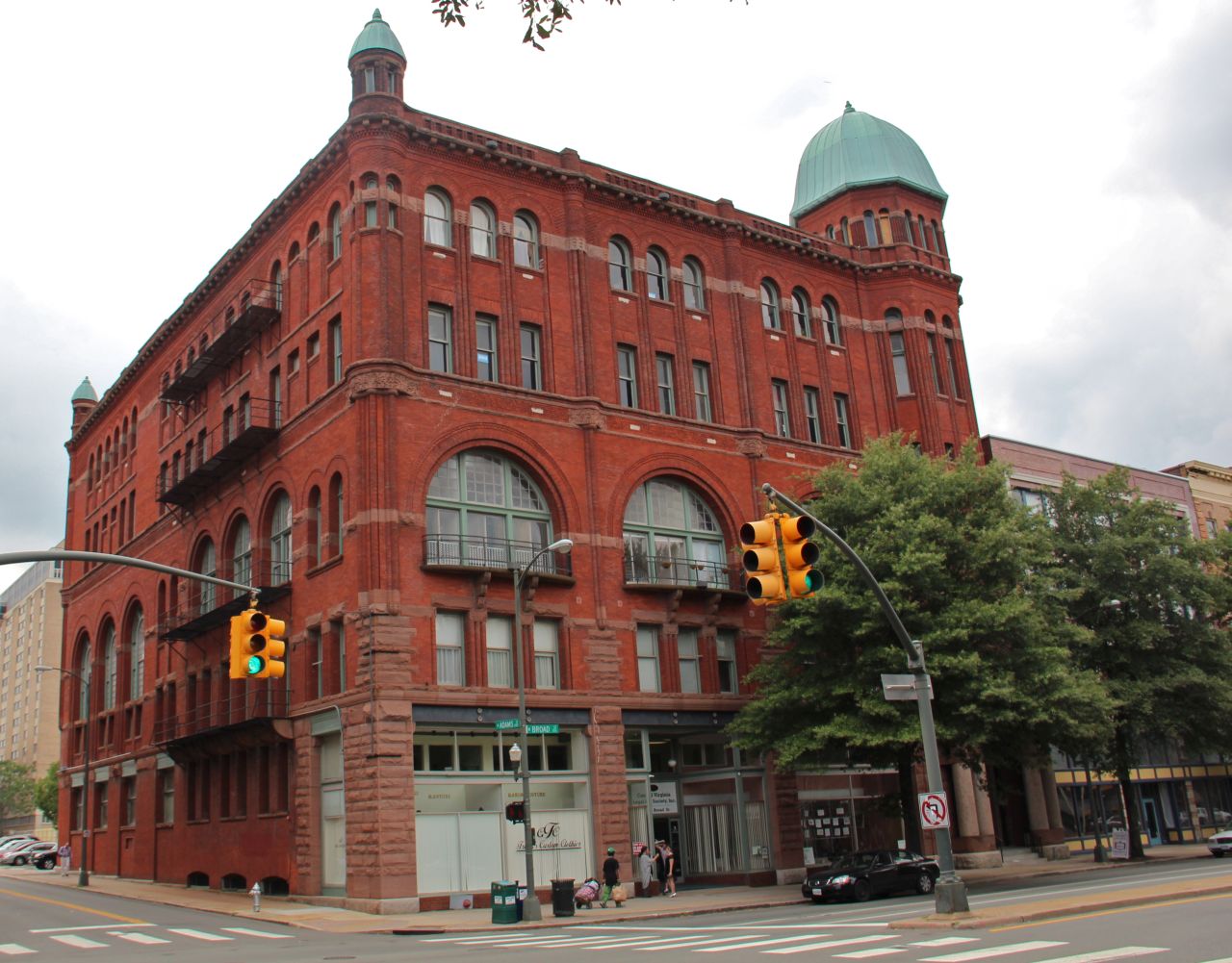
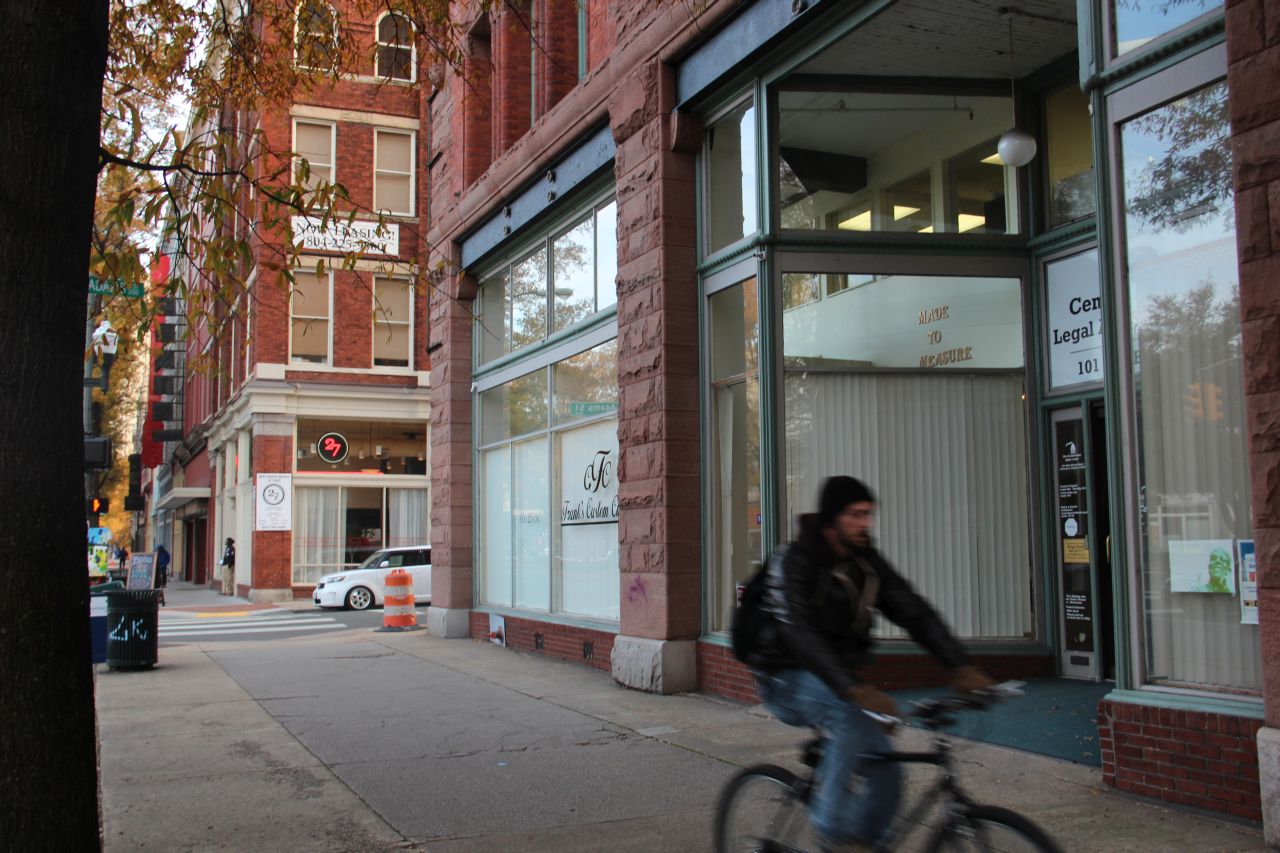
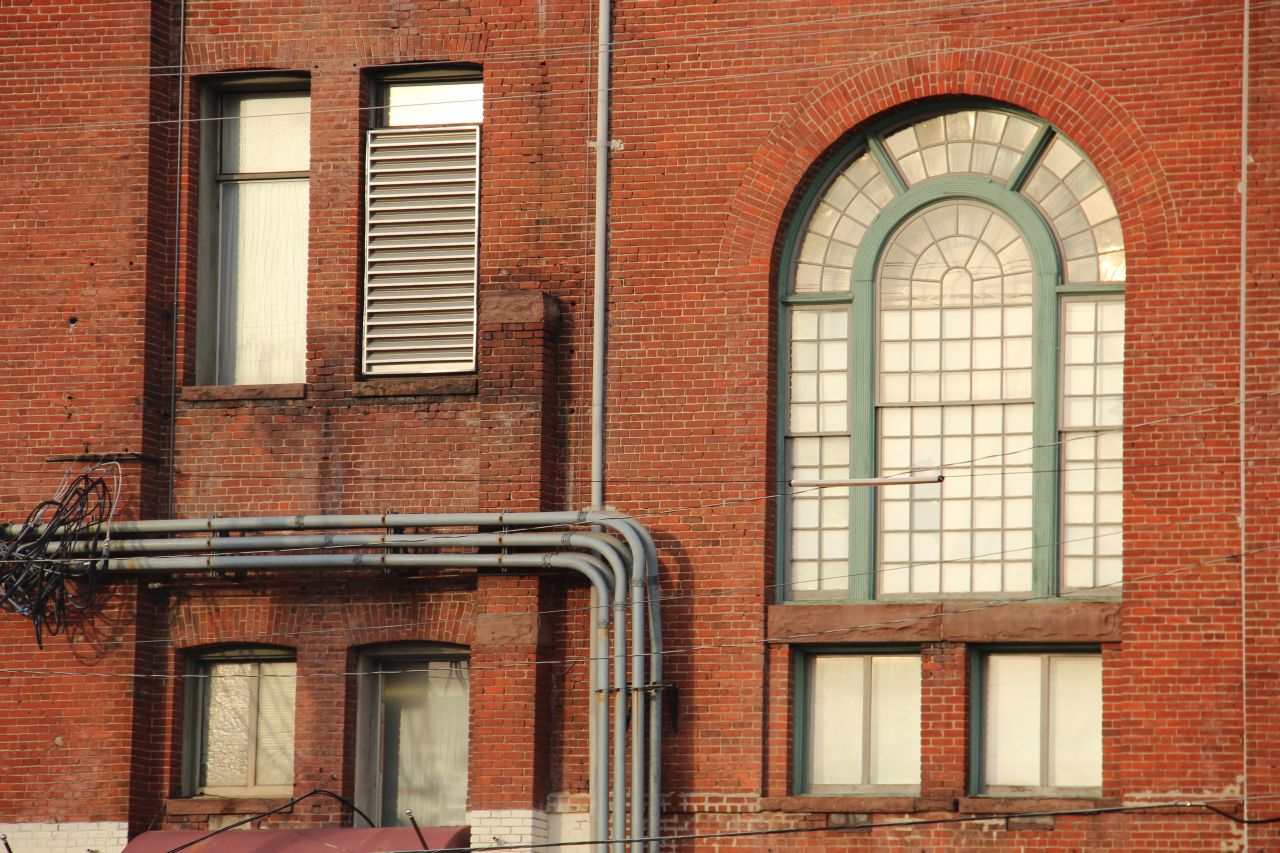
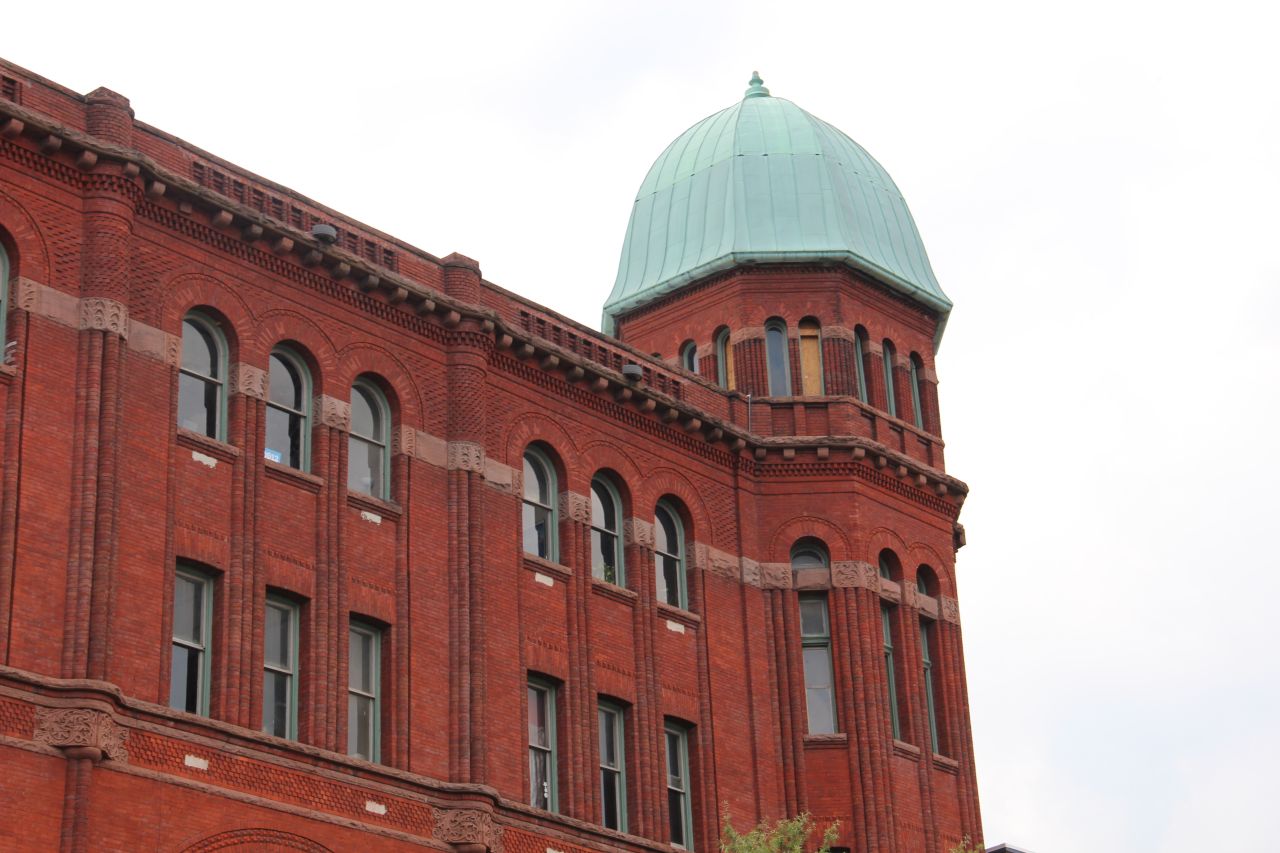


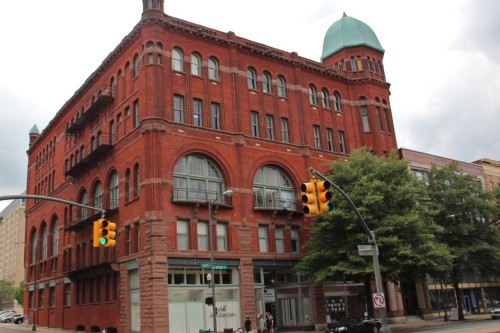

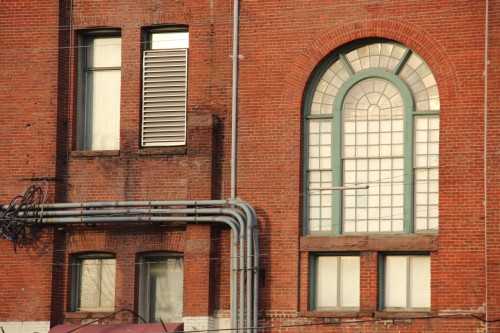
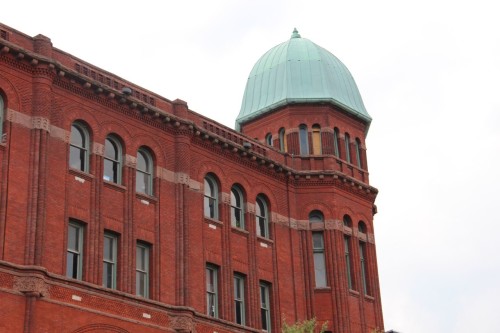
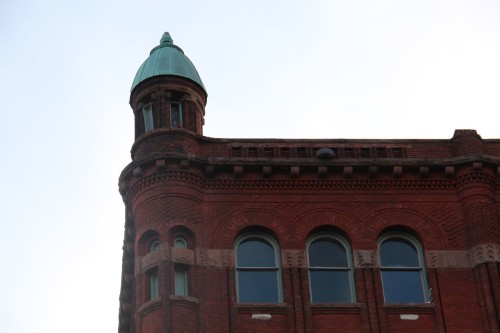
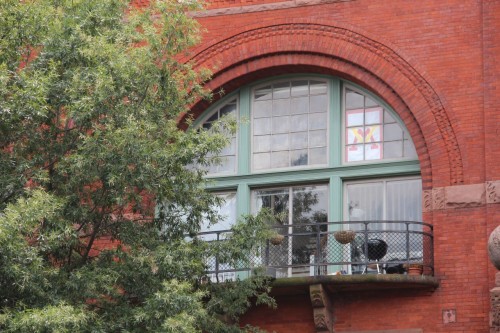
Write a Comment